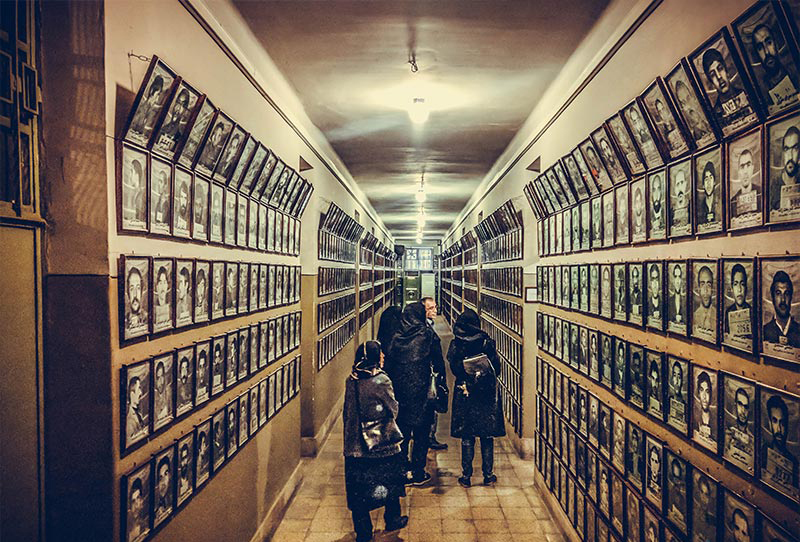What visitors see in Ebrat Museum could rather be sickening.
Ebrat Museum is an old building from first Pahlavi period (1925-1941). It was the first modern prison in Iran and was turned into a political jail run by Anti-Sabotage Joint Committee affiliated to Savak (Organization of National Intelligence and Security) during the second and last Pahlavi era (1941-1979).
The Anti-Sabotage Committee took suspects to the feared and infamous building for interrogation. The prisoners were mostly incarcerated there on political charges.
Designed by German engineers, the building was freezing in winter and hot in summer. It is a roofless multi-storeyed building in the shape of a cylinder where prison cells are arranged around a void in the middle. No one ever escaped the prison probably because it is too easy to get lost in the circular structure.
The prison was turned into a museum in 2004. To give a graphic description of the horrors that visited the prisoners, it includes statues similar to both the former inmates and their interrogators. A walk in the museum gives visitors a sense of the interrogation methods.
Ebrat can literally be translated as “learning from example.” The museum is near northwest of Imam Khomeini Square, No. 11, Yarjani Street, Koushk-Mesri Street, Ferdowsi Street.


